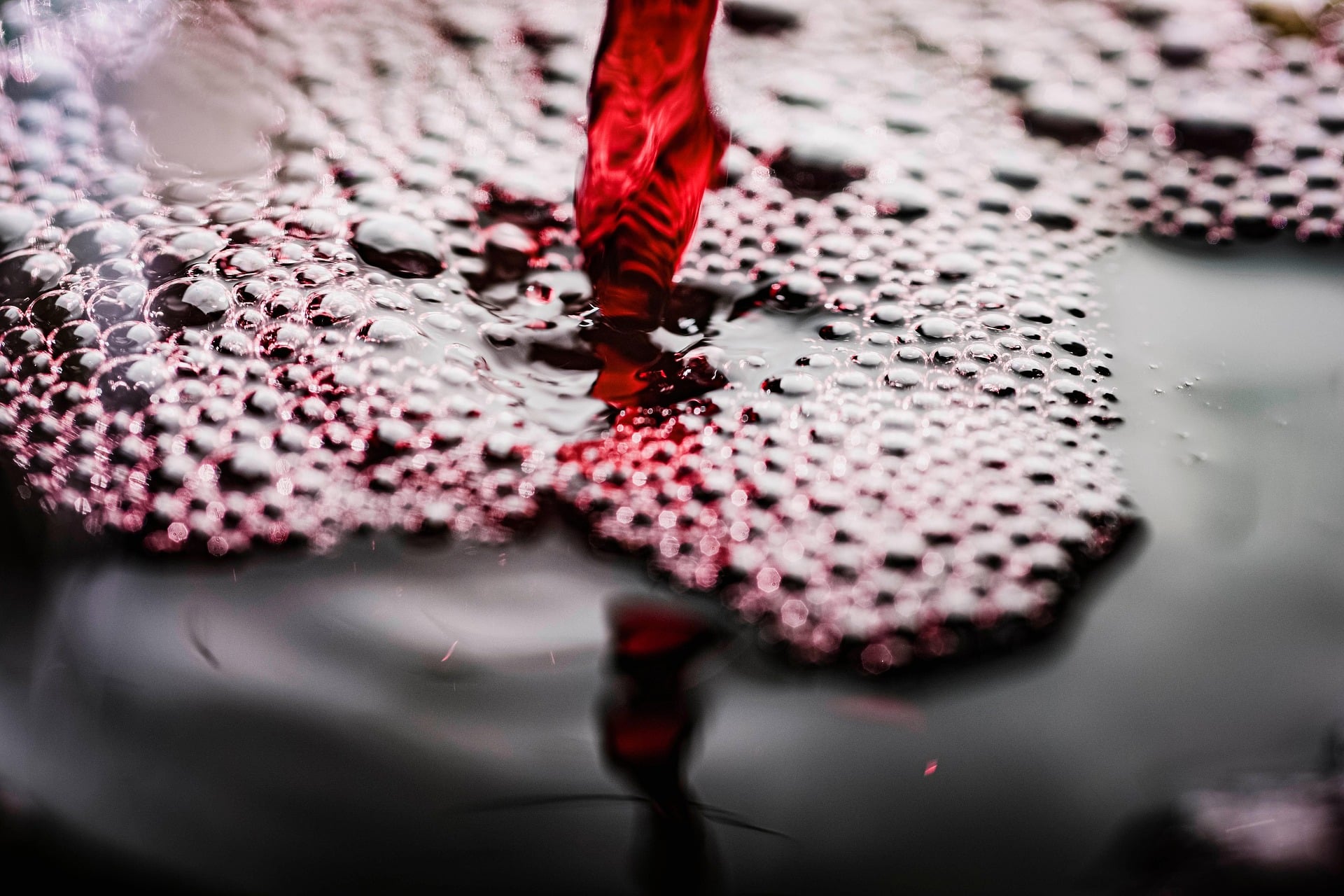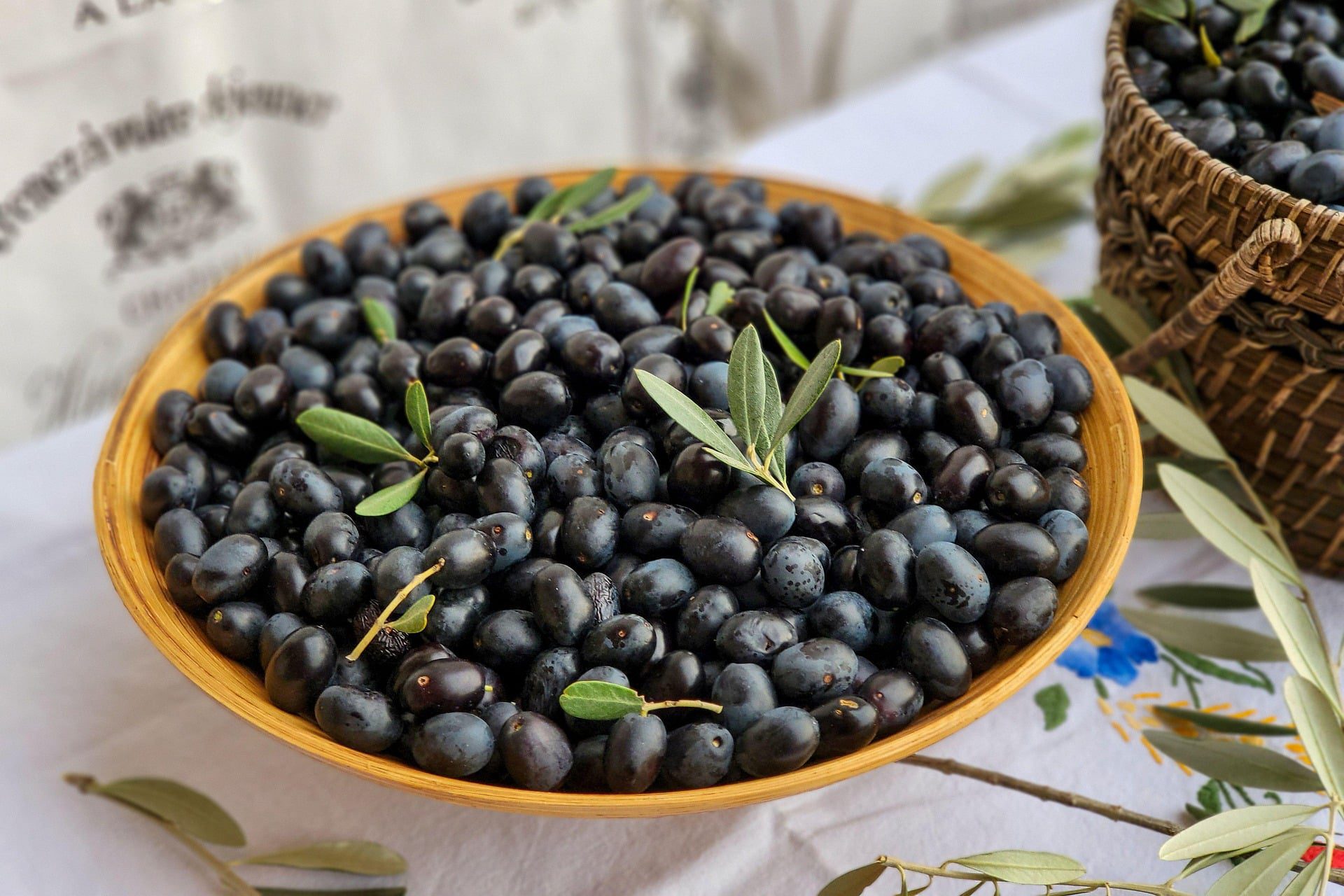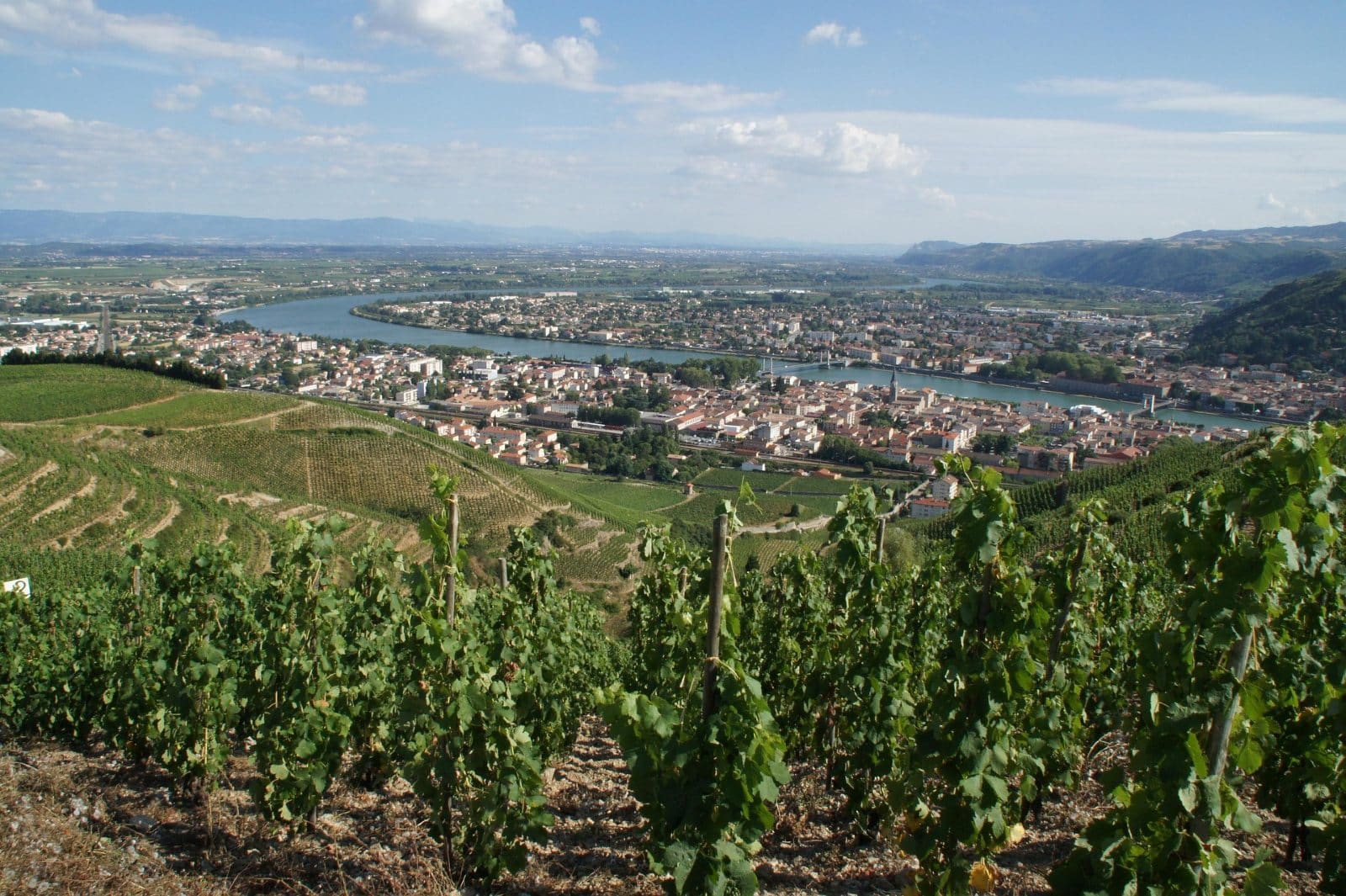Introduction to St. Joseph
St. Joseph is a region that has spread far and wide – a 50-kilometer tendril dangling from Ampuis to the banks opposite Hermitage. It doesn’t even contain an eponymous village. The region winds all the way down the Rhone’s western banks past Tain l’Hermitage, traversing dozens of microclimates and soil types.
Red wine accounts for the vast majority of the production, but like most of the Northern Rhone that has allowances for white – up to 10% of the Marsanne and Roussanne grapes are allowed. White wine is also made from any combination of these grapes.
If there is one thing that unites St. Joseph wines, it is the granite. Unlike the schist of its northerly neighbor Côte-Rôtie, or the limestone deposits acrgranite sooss the river in Hermitage, the soil of these eastern facing banks is tannic producing granite.
Many in the region grumble that it has expanded too quickly. When it gained appellation status in 1956 there were only 6 communs; now there are 26. This has led many to argue that the prestige advantages an AOC brings have been diluted by the entry of lesser quality wines. For the savvy consumer, this means there are distinct bargains to be found.

St. Joseph Notable Crus
Being a simpler wine, the AOC of St. Joseph has fewer renowned crus than other regions, but amongst the original villages, there are three important ones to remember. Mauves, Tournon and St. Jean de Muzoles.
In the Middle Ages the wine from the region was referred to as both Vin de Mauves, and Vin de Tournon. Victor Hugo references Vin de Mauves in Les Miserables, so you know it must be special. This region is closest to Cornas, and inhabits the richness and meaty tannins of some of the ink-blackiest Syrah.
Tournon and St. Jean de Muzoles are both close by and have similar characteristics. While certain producers (Chave) will create single vineyard examples, for the most part there is a great deal of blending amongst these regions.

St. Joseph Tasting Notes
With granite being the common soil denominator, St. Joseph reds tend to be rich in tannin, yet light with fruit. This means they are drinkable when lighter, and the regional aphorism is that these are meant to be drunk while your Hermitage ages.
To the extent that there are regional differences, the northern part of the appellation is younger and the granite soils are looser. It’s also warmer, which produces a riper and fruitier wine. The south has more structured granite soils and is historically known for producing better quality wines.
While there are many traditional producers like Chave and Gonon, there are very interesting new entries from Coursodon who does not shy away from new oak and produces a richer more intense style.
The white wines sing of nuttiness and resemble the whites of Hermitage, if less elegant. There is a floral note that reminds one of Condrieu, which St. Joseph touches to the north.

